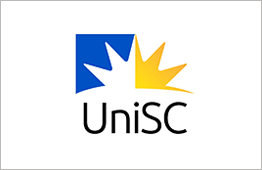The Role of Vascular Access Specialist Teams in Improving Patient Outcomes
Vascular access devices (VADs), such as peripheral intravenous catheters, are essential in modern healthcare, but their insertion and maintenance often come with challenges like infection risks, cannulation failure, and patient discomfort. A new systematic review explores how Vascular Access Specialist Teams (VASTs) compare to standard practices in enhancing patient outcomes and preventing catheter failure.
Study Overview
This systematic review, published in BMJ Open, analyzed data from 12 studies involving over 5,000 patients and 54,000 catheters. The goal was to assess the effectiveness of VASTs in improving cannulation success, reducing complications, and enhancing overall patient care.
Key Findings
Cannulation Success: Studies showed that VASTs had higher rates of first-attempt success (81%-98%) compared to non-specialized teams, which often achieved lower success rates.
Complication Reduction: VASTs were associated with fewer catheter-related complications, including reduced rates of phlebitis, catheter-associated bloodstream infections (CRBSIs), and mechanical failures.
Patient Satisfaction: Patients treated by VASTs reported greater satisfaction due to reduced pain, fewer punctures, and improved communication during procedures.
The Value of VASTs
The review highlights several advantages of deploying VASTs in hospital settings:
1. Expertise: VASTs bring advanced skills, including the use of ultrasound for cannulation, which is particularly valuable for patients with difficult venous access.
2. Consistency: By standardizing insertion and maintenance practices, these teams minimize variability and errors in care.
3. Education and Research: VASTs also contribute to staff education, quality improvement initiatives, and the implementation of innovative technologies in vascular access care.
Challenges and Limitations
The review noted heterogeneity among the studies and the need for further research to evaluate the cost-effectiveness and long-term benefits of VASTs. Additionally, there is a lack of standardization in how these teams operate across different healthcare settings, which can impact outcomes.
Conclusion
VASTs have demonstrated their value in improving the effectiveness of VAD insertion and reducing complications. Their implementation represents a significant opportunity for hospitals to enhance patient care, optimize resource use, and align with best practices in vascular access management.
Authors: Ismael Fernandez-Fernandez, Gaizka Parra-Garcia, Ian Blanco-Mavillard, Peter Carr, Paulo Santos-Costa, Miguel Ángel Rodríguez-Calero








